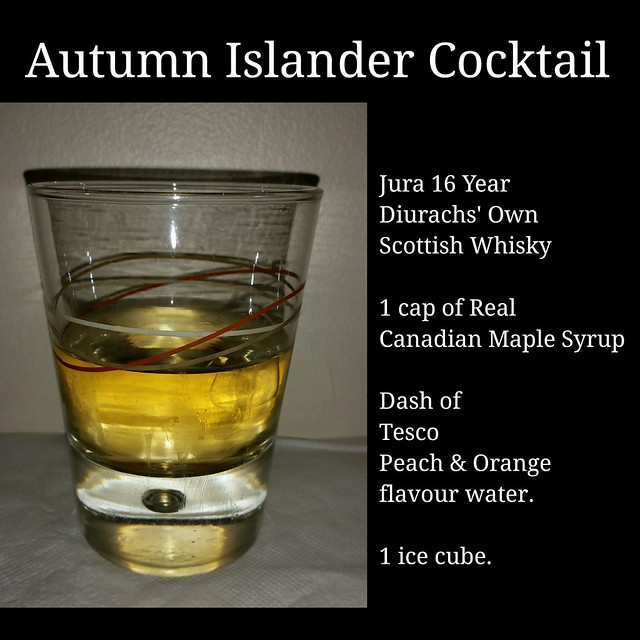
Autumn Islander Cocktail
Jura 16 Year Diurachs’ Own Scottish Whisky
1 cap of Real Canadian maple syrup
Dash of Tesco Peach/Orange flavour water.
1 ice cube.
Build in glass and add ice. Drink and Enjoy.
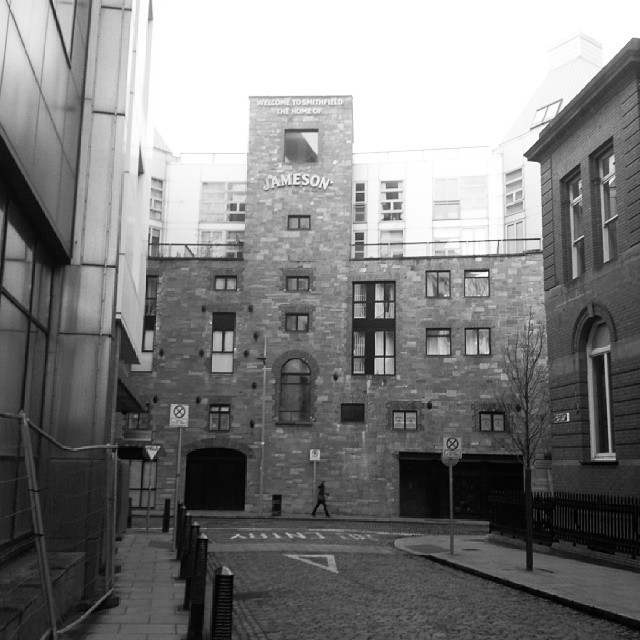
In the last few weeks, I’ve enrolled in the complete bartending course at the Dublin Bar Academy. It’s a 3 week intensive course, designed to teach us everything about being an expert bartender. This includes 30 + cocktails; cocktail flair; history of all the different spirits and how they’re made; master class including tastings for whisky, tequila/mescale, over 30 different liquors, coffee barista, as well as tasting all the cocktails that we are making. There are exams every day and then a comprehensive exam and a practical behind the bar (double and triple orders) exam which involves making 10 cocktails in under 10 minutes. There are also visits to Guinness and Jamesons for a behind-the-scenes bit of information. This post shows off some of the pictures from the Jameson Whiskey tour, from here in Dublin.
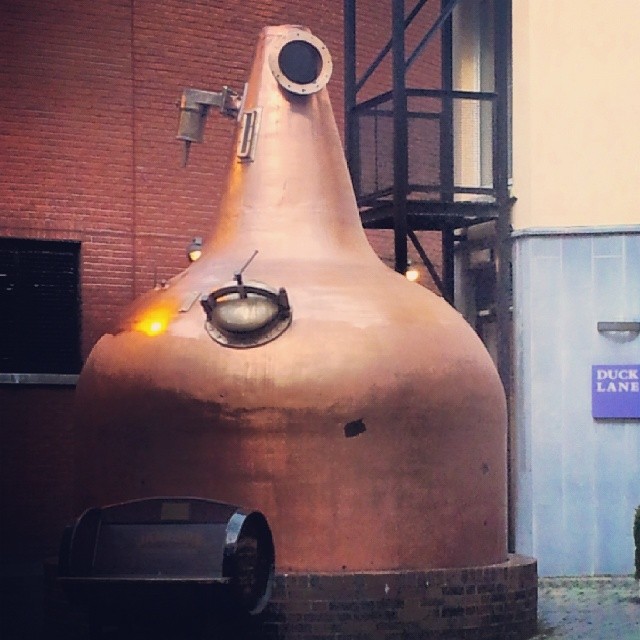
First off, a little history of Jameson’s. Jameson’s Irish Whiskey (Ireland uses the spelling “ey” to designate the difference between Scottish Whisky) was started in 1780 by John Stein, where it was run under a different name. Stein hired John Jameson as the master distiller. John was from Scotland, and married into the Stein family. After several years, he bought the business from Stein in 1805, renaming it Jameson’s Irish Whiskey. He and William (possibly his brother or son – unclear from the records) expanded the distillery which was in Dublin, practically doubling it in size. However, between the Irish revolution, American prohibition, and poor economic times (the scottish whisky industry expanded greatly using continuous stills while the Irish still used pot stills or a combination) nearly put Jameson’s out of business by 1923.
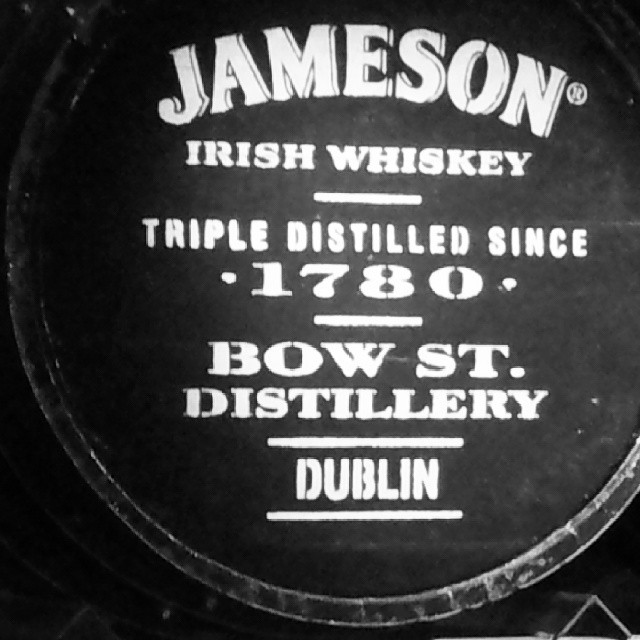
In the 1960’s, Jameson’s joined with several other Irish distilleries and moved production from Dublin to Middleton to the largest distillery in Ireland. Today, Jameson is made of a blend of malted and unmalted barley, and produces mostly blended whiskey. They dry their malt in a gas fired kiln, which means that they don’t have a peaty flavor to the whiskey. Instead, the whiskey is flavored from a combination of the barley, malting / distilling process, ageing in various barrels (including sherry, burbon, and wine casks), and the blending processes that combine whiskey of various ages, from different casks, and varieties by their three master blenders.
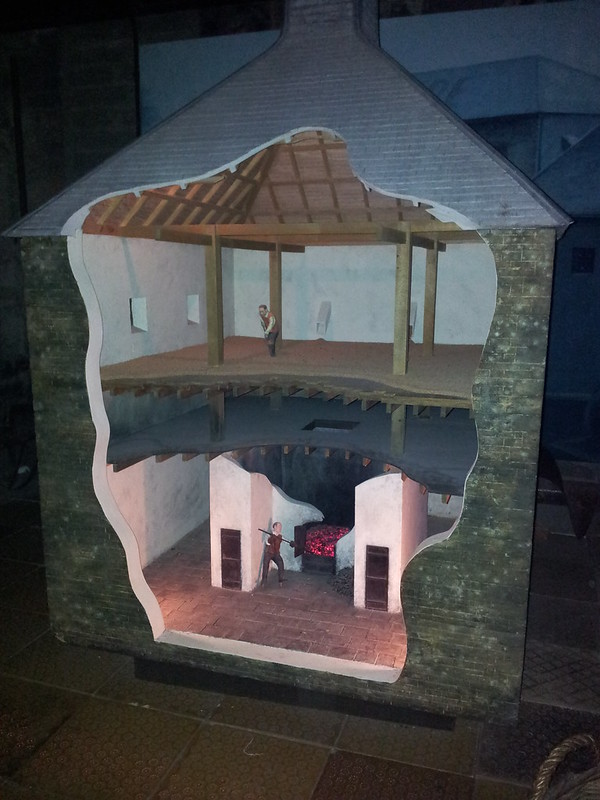
Now about the tour. The tour starts out and takes us through the old warehouse rooms where they stored the grain. Grain bags were up to 100 pounds each, and were brought into the plant during the harvest time, then hoisted into the malting house. The malting house was several levels – with a fire on the bottom, and floors for heating the grain at the top. The intention was to heat the grain to force it to germinate and covert starch into sugar. Once germinated, the grain was put onto tiles which had holes in them in order to dry it out and stop the malting process.
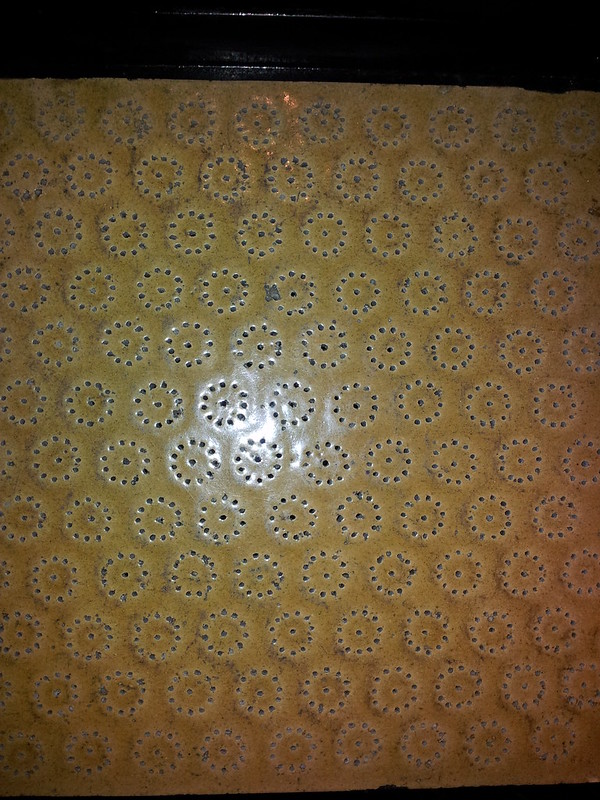

Once the grain is malted and dried, it is ground up and mixed with warm water, added into a big vat and yeast is introduced. The yeast is mixed in and the fermentation process begins. It is now known as “Mash”. This goes on for a few days, as the yeast changes the sugars into three byproducts – alcohol, Carbon Dioxide, and heat.
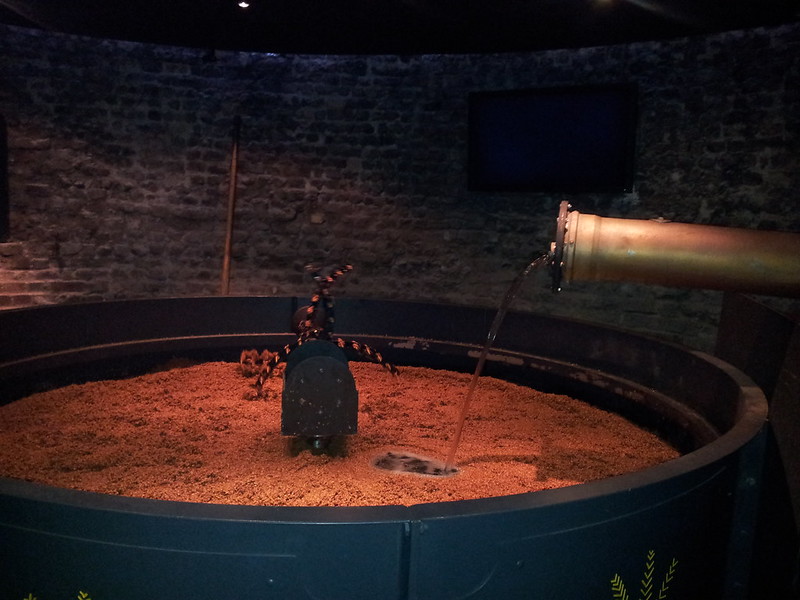
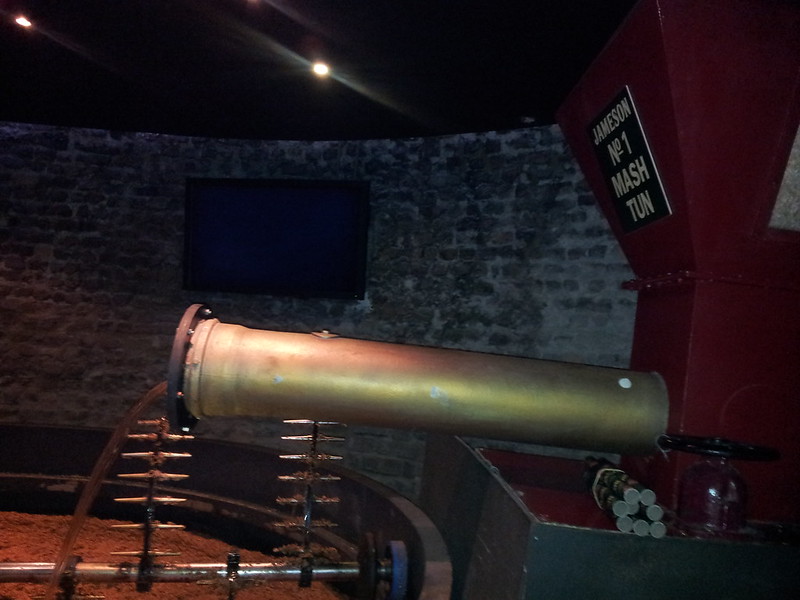
Once the fermentation process has completed, the solids are separated from the liquid.
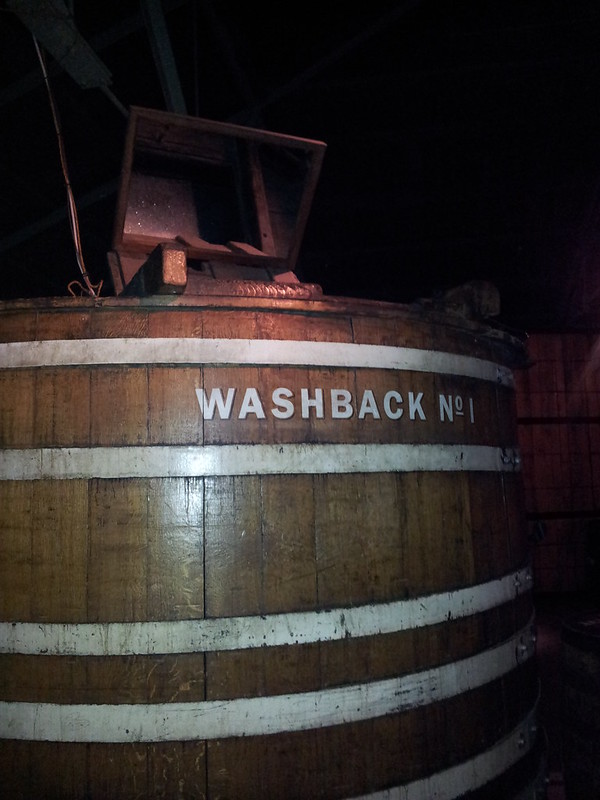
From here, the wash liquid is fed into the first copper pot still for distillation. Distillation heats the wash up to 78.3 degrees Celsius which allows the alcohol to separate from the water (the water is later re-cycled into heating for the plant and/or water for crops). From the pot still, the alcohol is then collected as it cools and turns back into liquid. This liquid is then distilled two more times to concentrate the spirit – and it is saved in the locked spirit safe. The spirit has gone from 40% alcohol after the first distillation to 60% at the second and nearly 80% at the third. The flavors have been concentrated, and like all alcohol at distillation, it is clear.

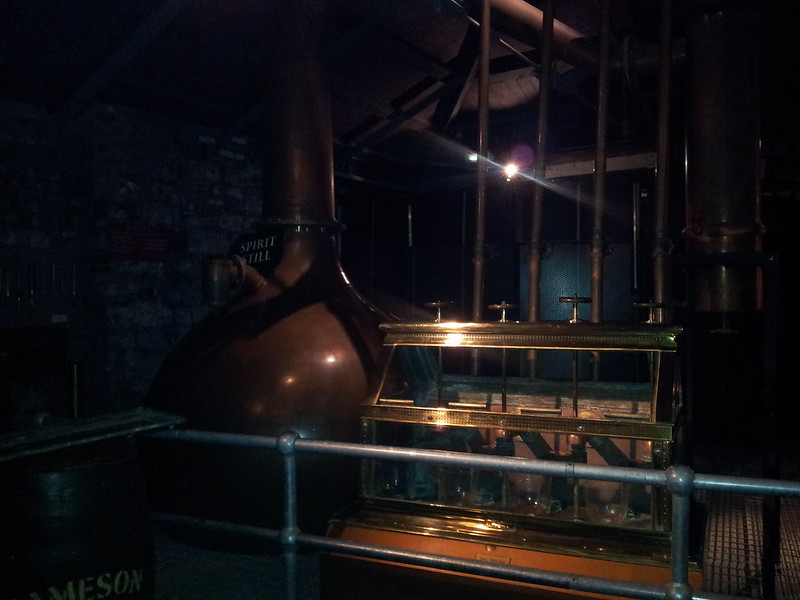
Now the key with the 80% alcohol is that it’s really not drinkable by most people. I’ve tried both the 60% and the 80% spirit (pre-aging) and they are both quite flavorful, but the 80% is so strong that even the smallest sip makes your lips and mouth go numb from the potency. So, for consistency purposes, clean fresh water is added to dilute the spirit to about 42-45% alcohol. The spirit is then put into oak barrels (most are reused from old Burbon casks, sherry casks, wine casks, etc.) and aged. In Scotland and Ireland, the spirit must be aged at least 3 years to be called Whiskey. (In the US the aging requirement is 1 year.)
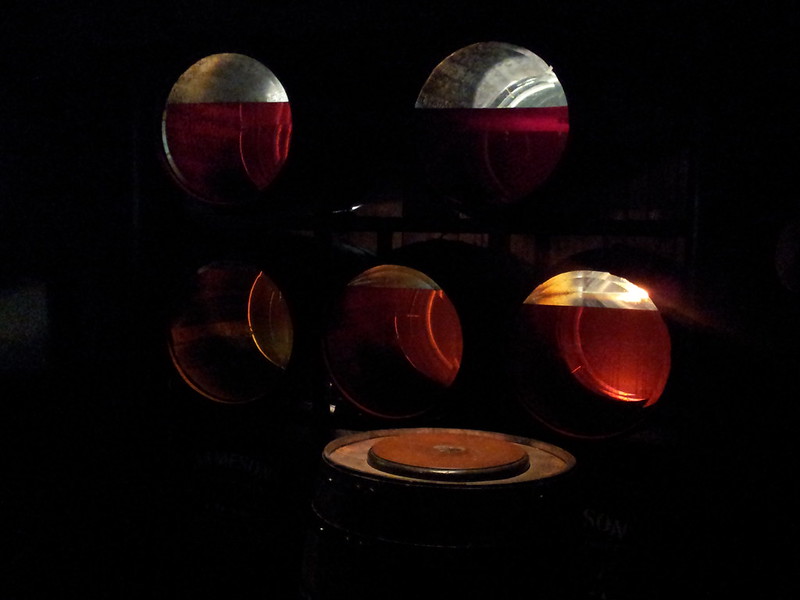
Each different type of cask imparts varying flavors (from what was in them before) as well as some different degree of flavors to make the whiskey have a different taste. Over time, though, a bit of magic happens. The whiskey (like all spirit aged in barrels) starts to evaporate from the casks. The evaporated alcohol is known as the “angels share” and it takes place at about 6% per every 3 years in cooler climates or about 6% every 1 year in warmer / tropical climates. In the picture above, you can see a full whiskey barrel, then after 1 year, 3 years, and 15 years in the last barrel (which is top right hand side). After about 15-18 years, whiskey has fully developed its taste – and there’s no reason to age it any more in most cases. (Some places may change the casks that it is in in order to enhance flavors).
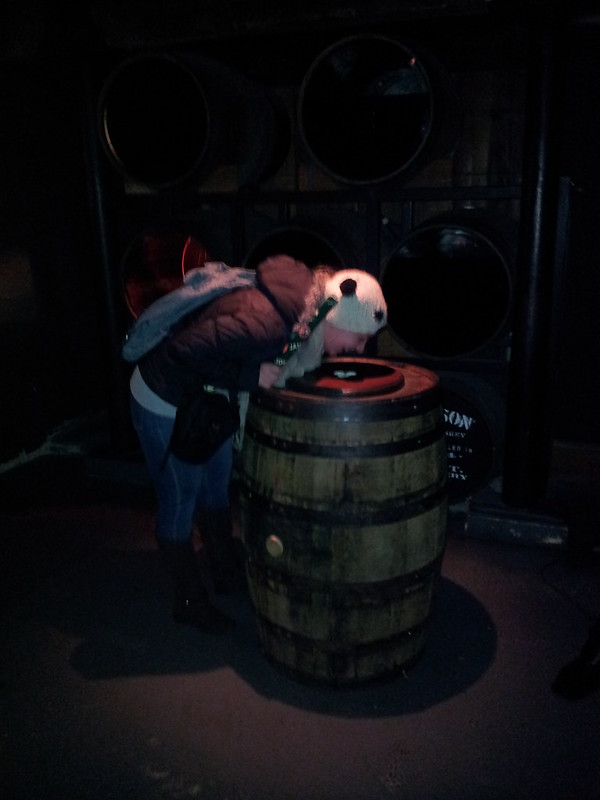
From there, the whiskey takes two routes – it is either bottled, diluted and bottled, or it is blended with other grain / malt / aged to completion whiskey diluted and then bottled and sold. Naturally, the older the whiskey in the bottle, the more expensive the whiskey because you’re paying for the evaporation as well as the time it has spent aging. ** Note that when looking at a bottle of whiskey, the age on the bottle denotes the youngest whiskey in the bottle blend. So, if the master distiller used a 3 year, a 10 year, and a 15 year in the mix, the bottle will say 3 year aged whiskey.
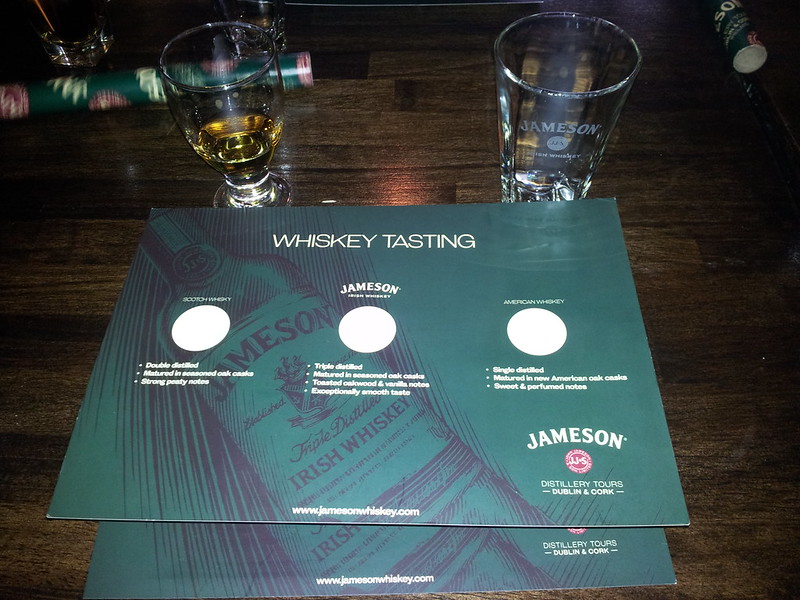
With our tour complete, it was now time for the taste testing. We got a free Jameson whiskey cocktail, and then we were moved into the tasting room, where we tasted a selection of Peated Scottish whisky, Jameson Irish Whiskey, and American Burbon.
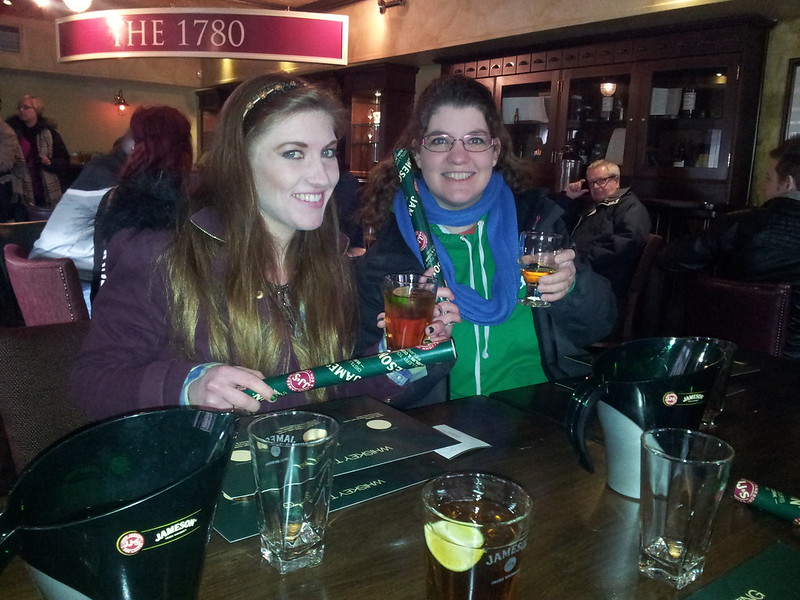
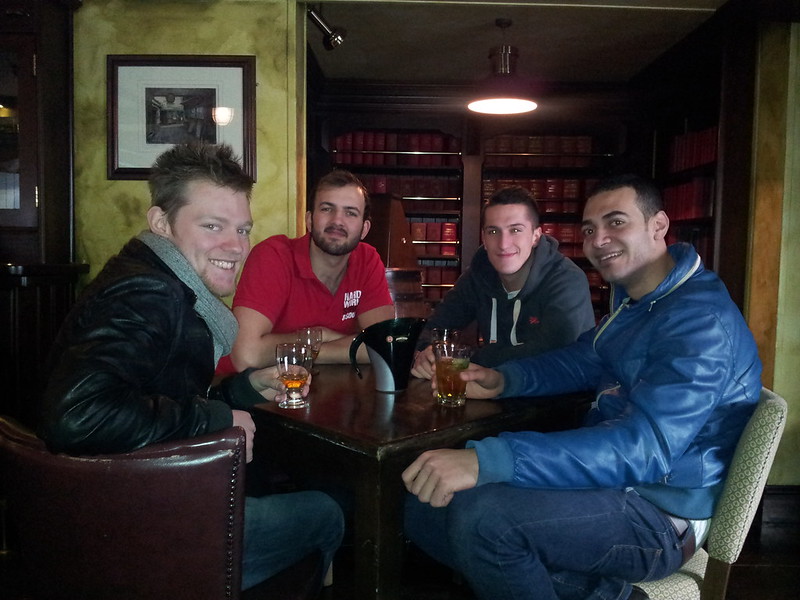
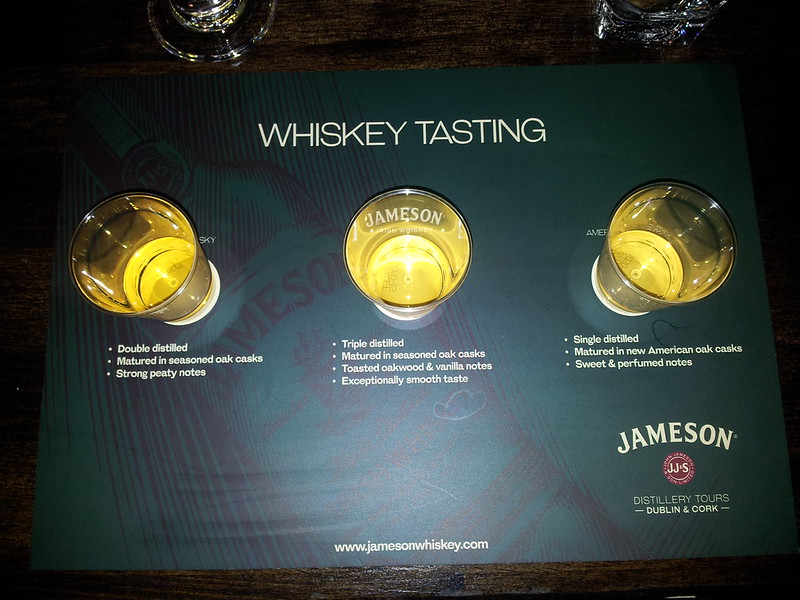

With the tasting over, we got certificates, and then went outside, aiming to take a group photo before heading back to class for an exam, and then more whiskey tasting from the master class – which included whisky from Scotland, Wales, Ireland, USA, and Japan. All of them are certainly different – and by the end of the day, I felt more educated, and plenty more buzzed. 😛
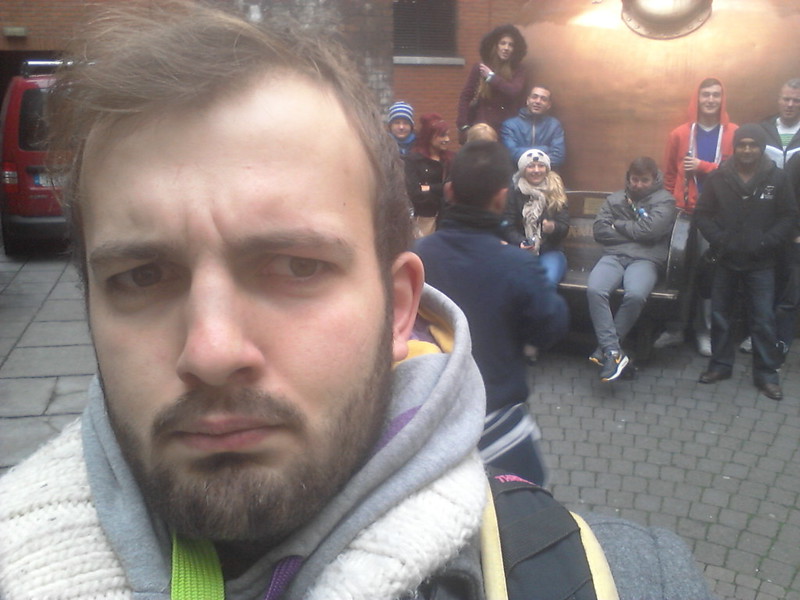


In the last few weeks, I’ve enrolled in the complete bartending course at the Dublin Bar Academy. It’s a 3 week intensive course, designed to teach us everything about being an expert bartender. This includes 30 + cocktails; cocktail flair; history of all the different spirits and how they’re made; master class including tastings for whisky, tequila/mescale, over 30 different liquors, coffee barista, as well as tasting all the cocktails that we are making. There are exams every day and then a comprehensive exam and a practical behind the bar (double and triple orders) exam which involves making 10 cocktails in under 10 minutes. There are also visits to Guinness and Jamesons for a behind-the-scenes bit of information. It gave me a new appreciation for the knowledge that a bartender has to have – as well as those that are making my drinks. I took the course using up 3 weeks of last year’s vacation. It meant being up early – and into the city most days by 8:00 AM. I found it a real challenge – because I’d done nothing like it before – but also because it was so different it was absolutely enjoyable. I am looking forward to putting my newly gained skills to use – either at a bar or in a party at some point.
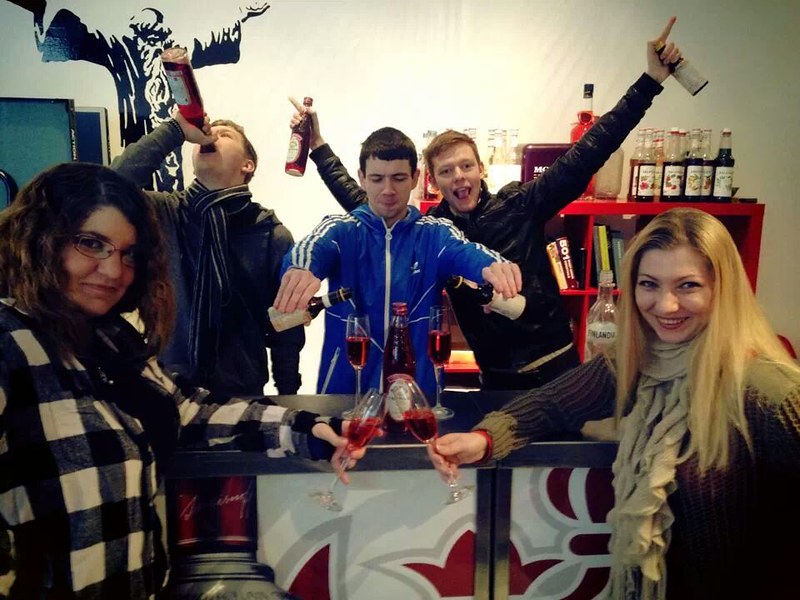
Now, what would my blog be without a few pictures from what we learned…
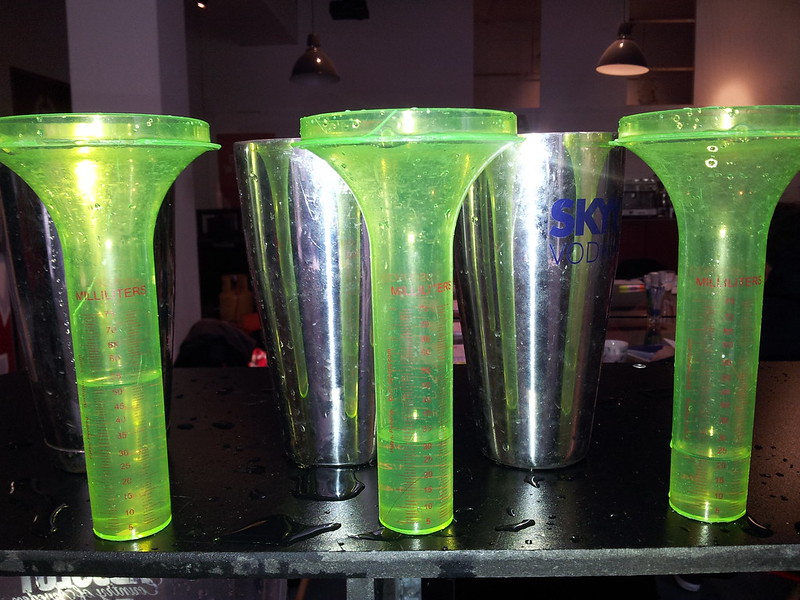
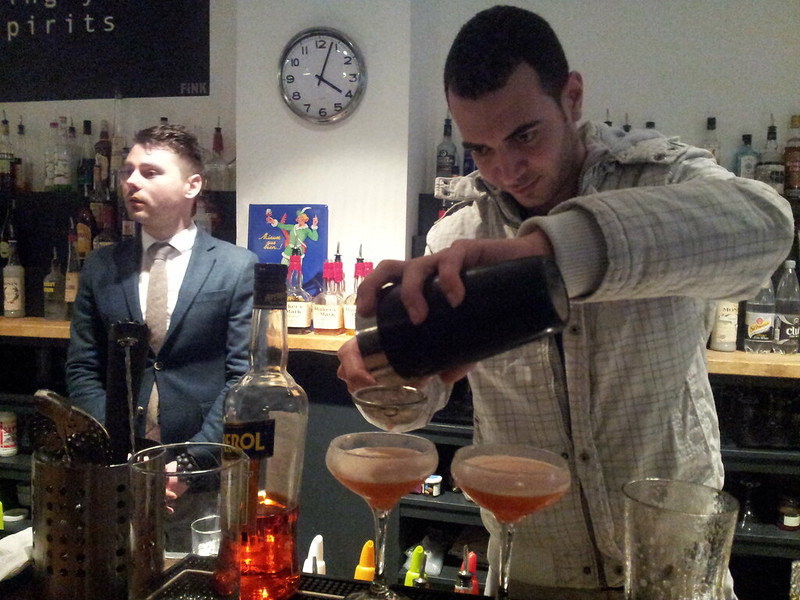
Practicing the double order pour.
In addition to time behind the bar (6 stations) practicing cocktail making, free pouring, and learning about cocktail flair (essentially juggling bottles), we had to spend plenty of time hitting the books to study (seriously I’m 3 weeks behind in TV!).
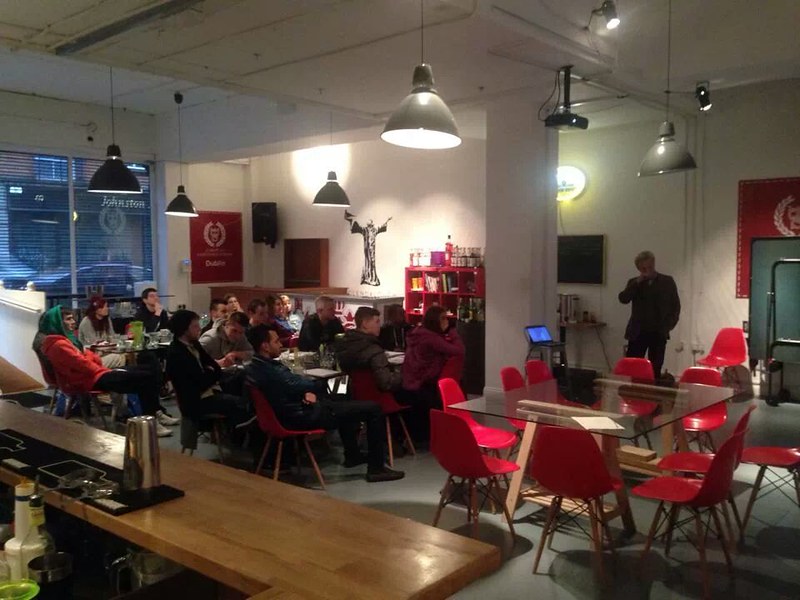
We had many master classes. They ranged from a Whisky day (including trip to Jamesons), to Tequila and Mescale, Italian Grippa, a complete range of liquor tasting (30 different types of spirits from fruit, to herbal, to egg/milk/bean), to a day at the Guinness Brewery, and also time learning to be a certified coffee barista.
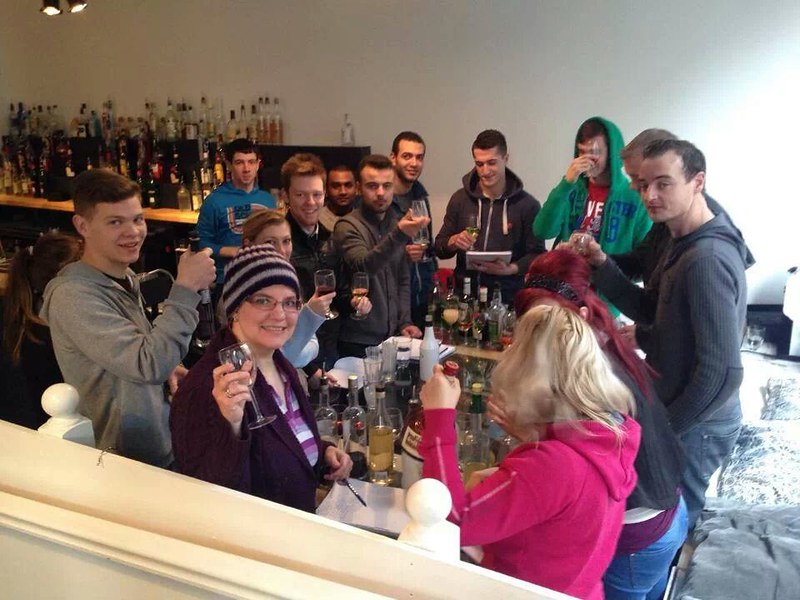
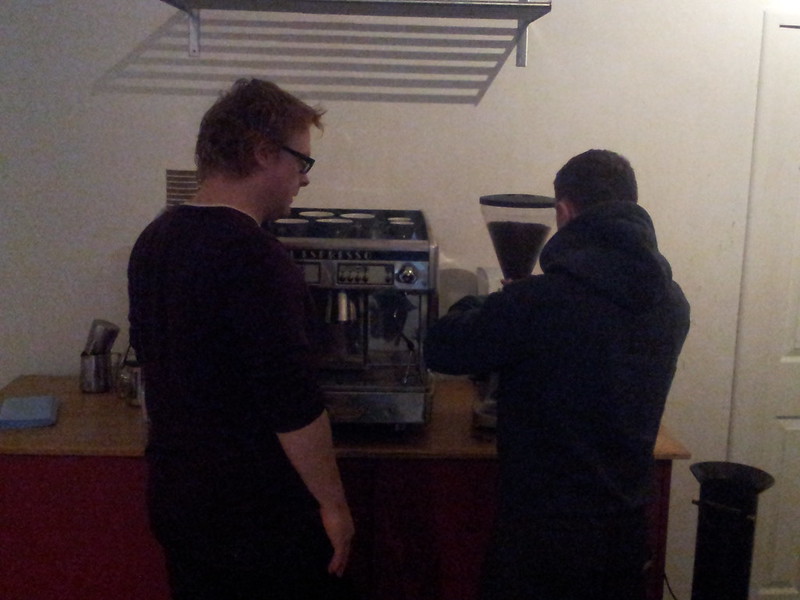
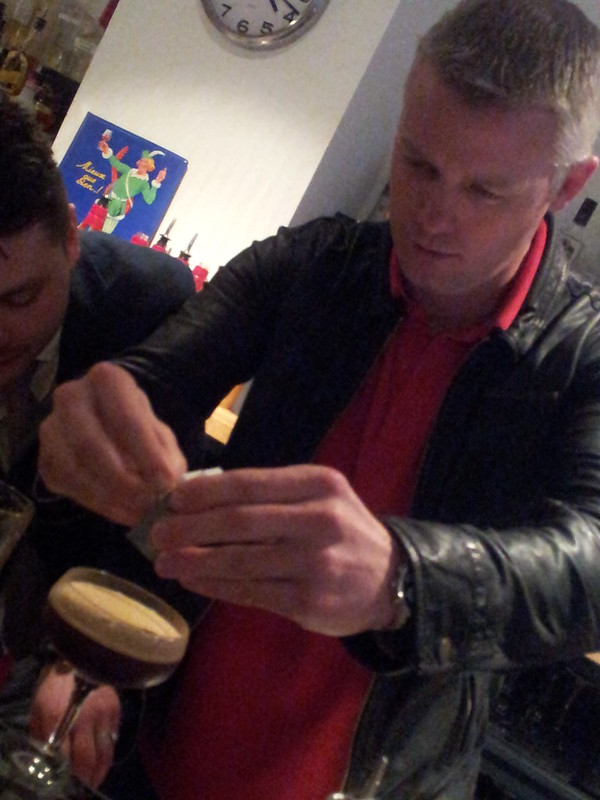
Oh – and if you ever wondered what a 600 Euro bottle of Patron Tequila (from our master class on Tequila) looks like – it is a thing beauty.
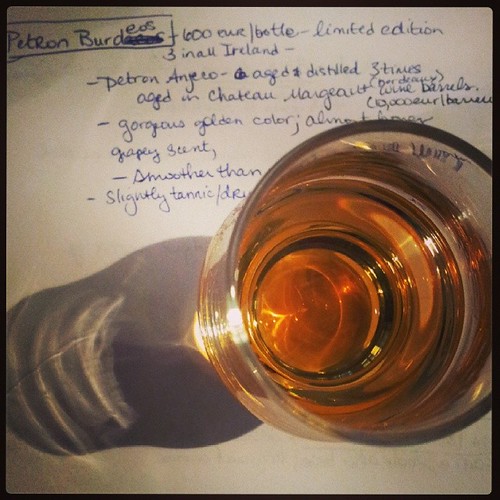
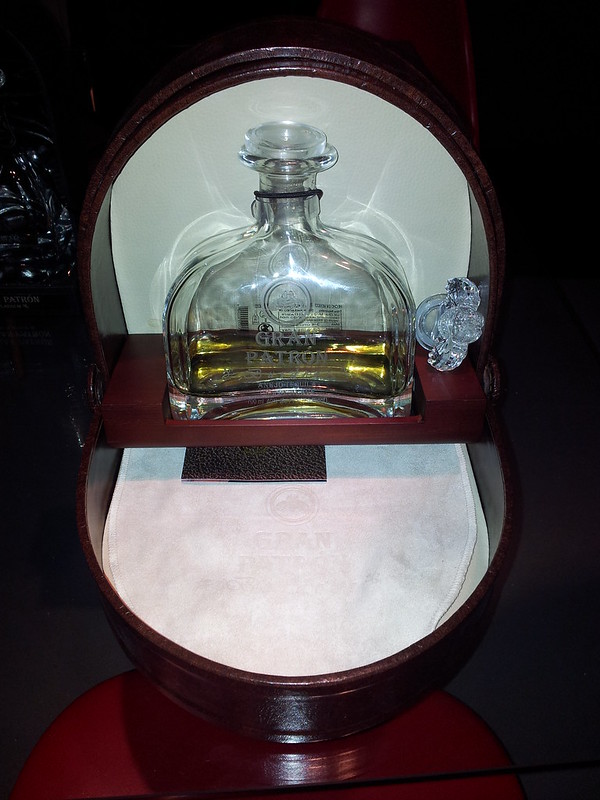
In the end, we had a 3.5 hour written exam and a practical exam which we had to make 10 cocktails in under 10 minutes out of double / triple orders. My time? 10 minutes and 30 seconds. My overall grade – I found out for the class was a 91%, which I’m super pleased.

What’s your favorite cocktail? Do tell! As a certified bartender / barista – I’d love to get the chance to make it for you!